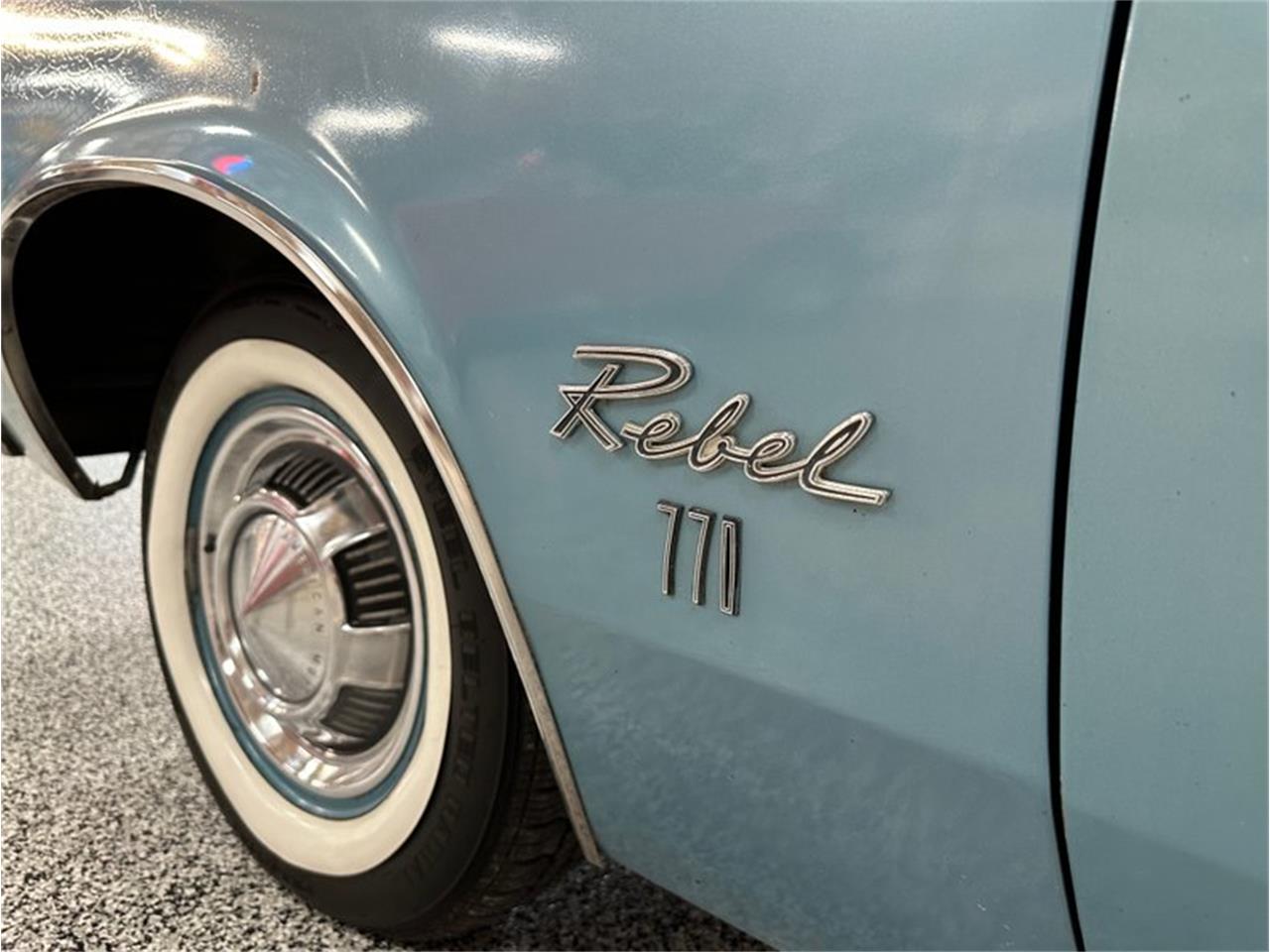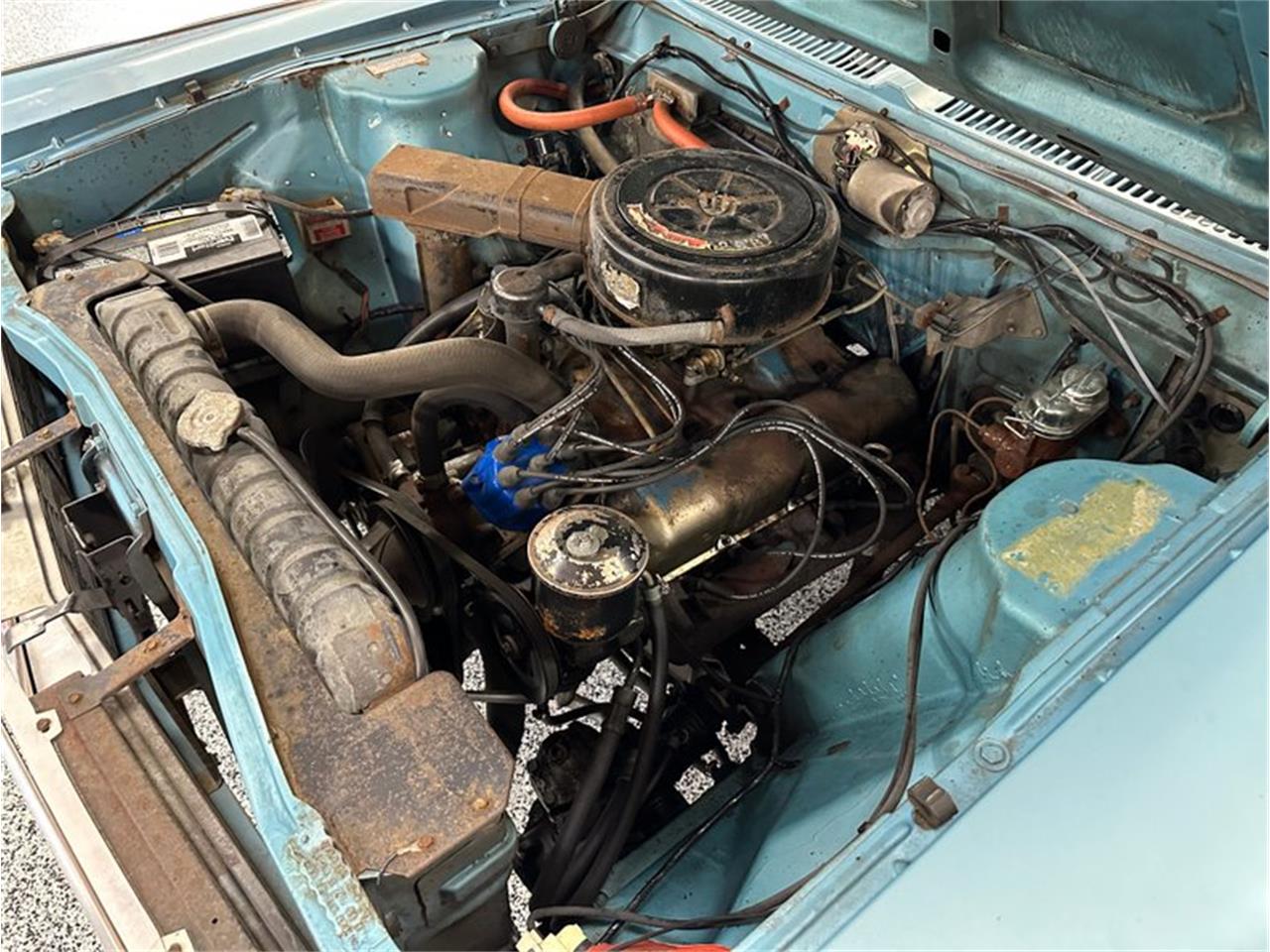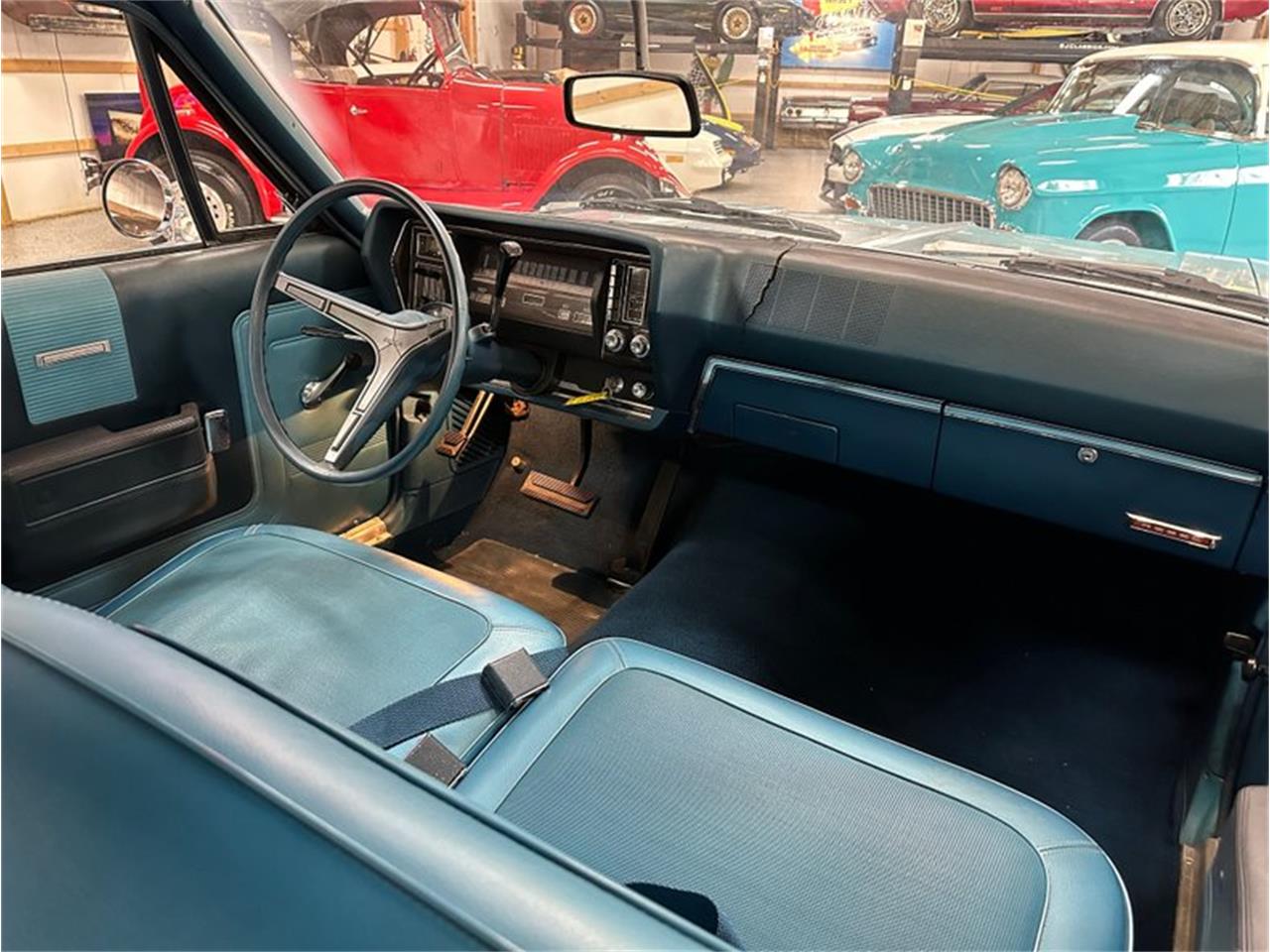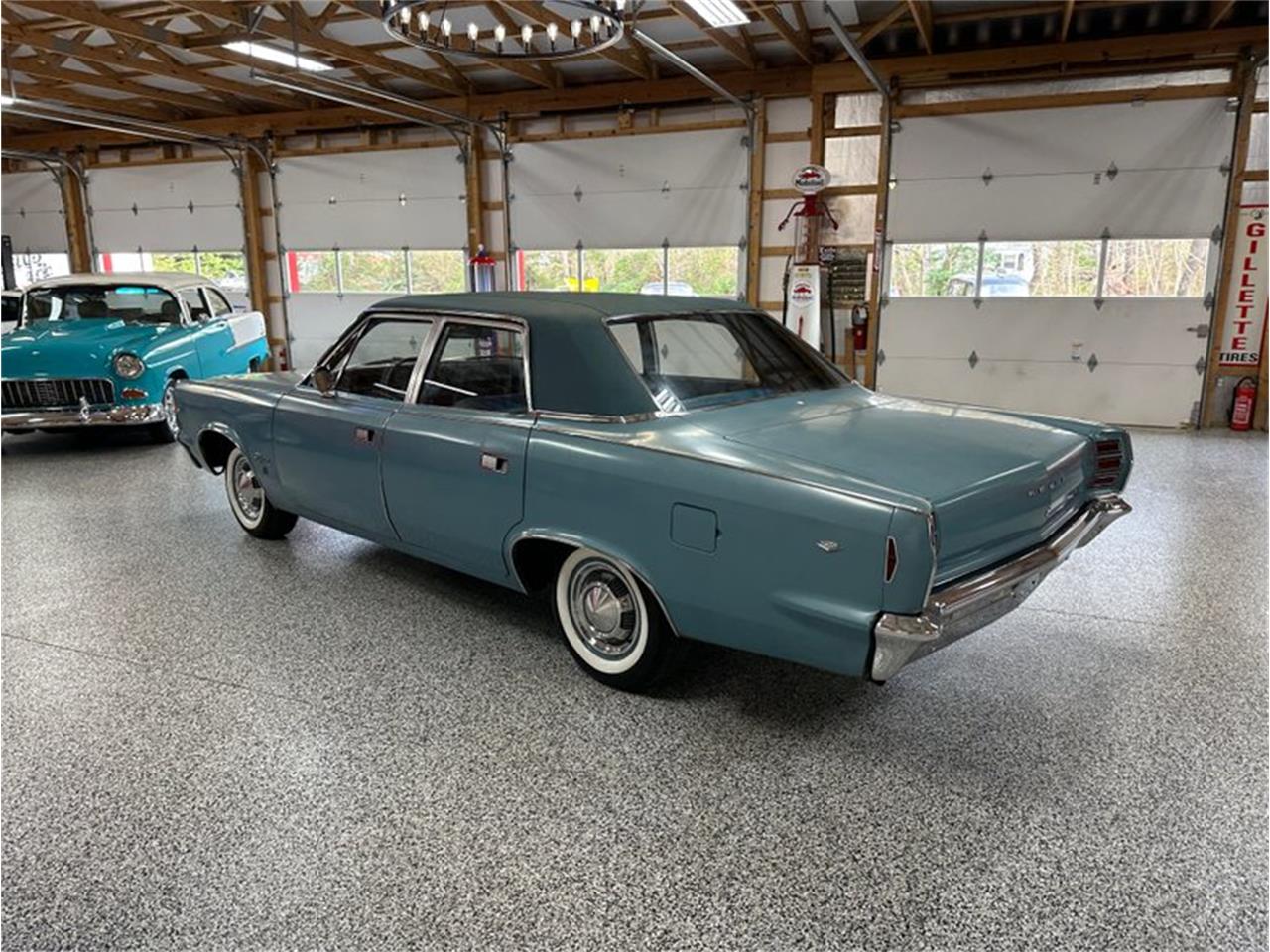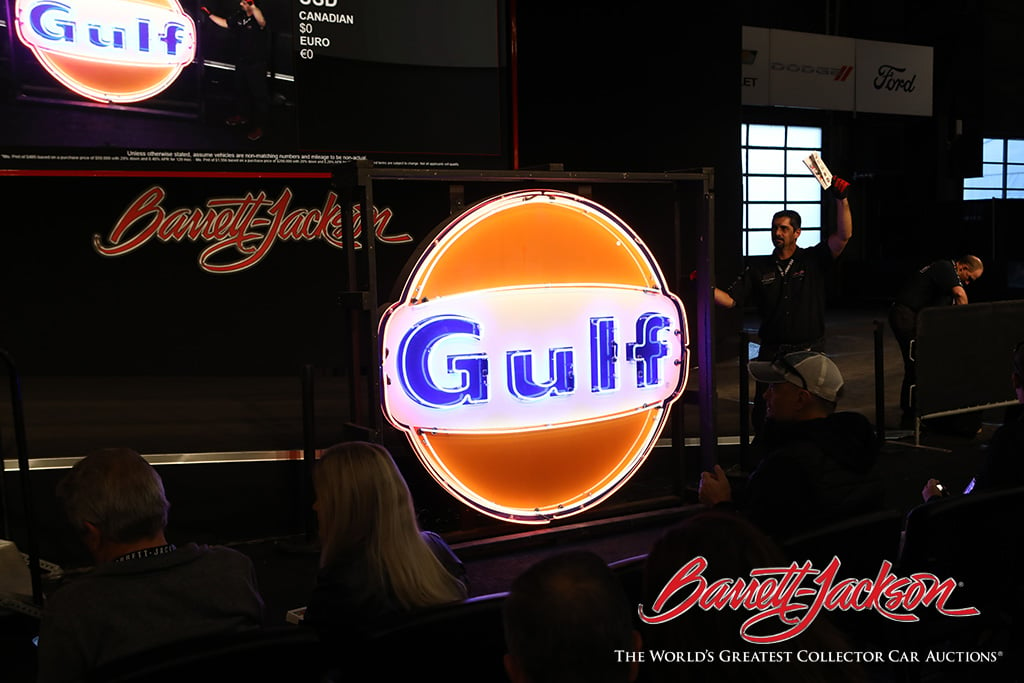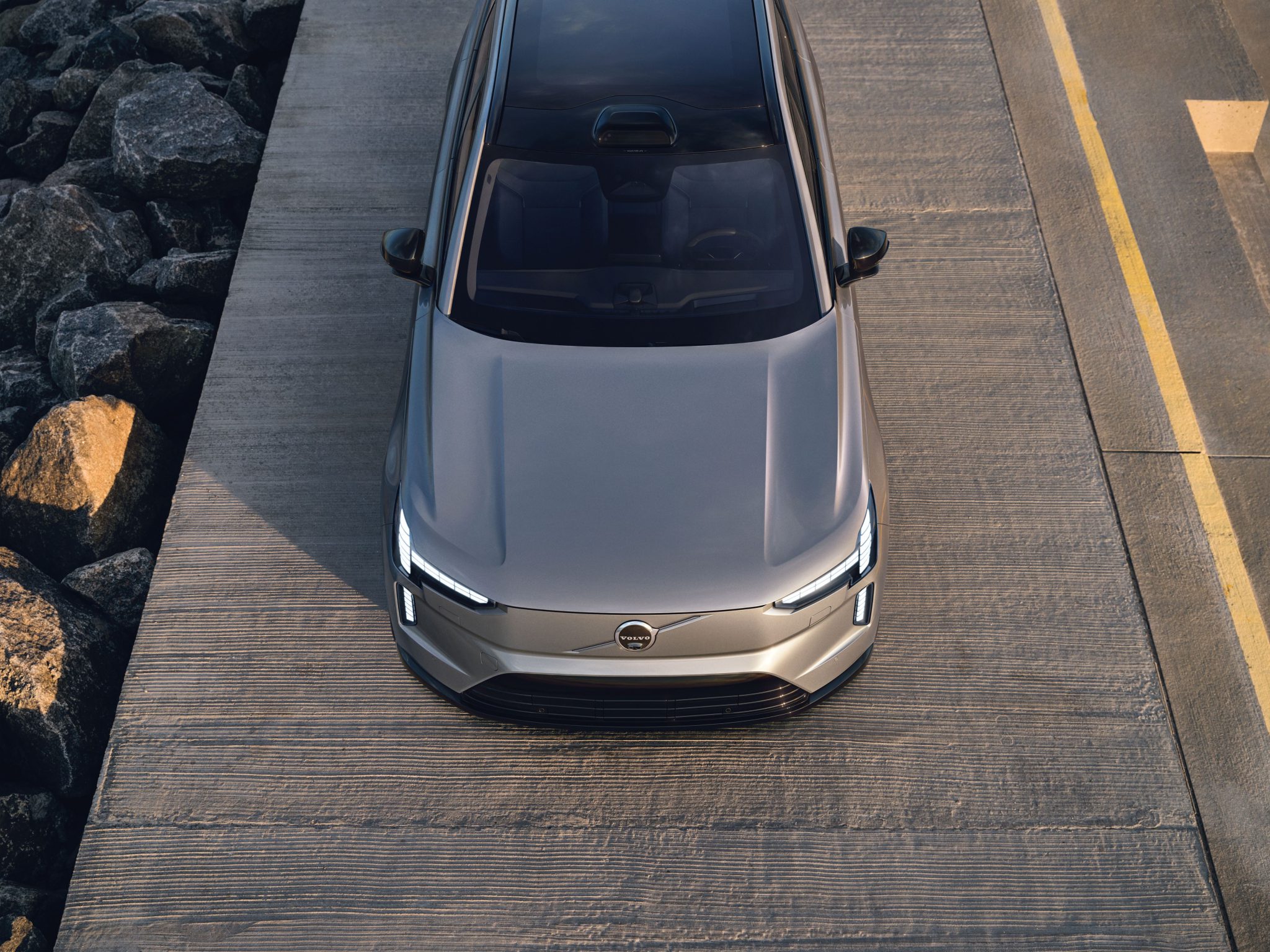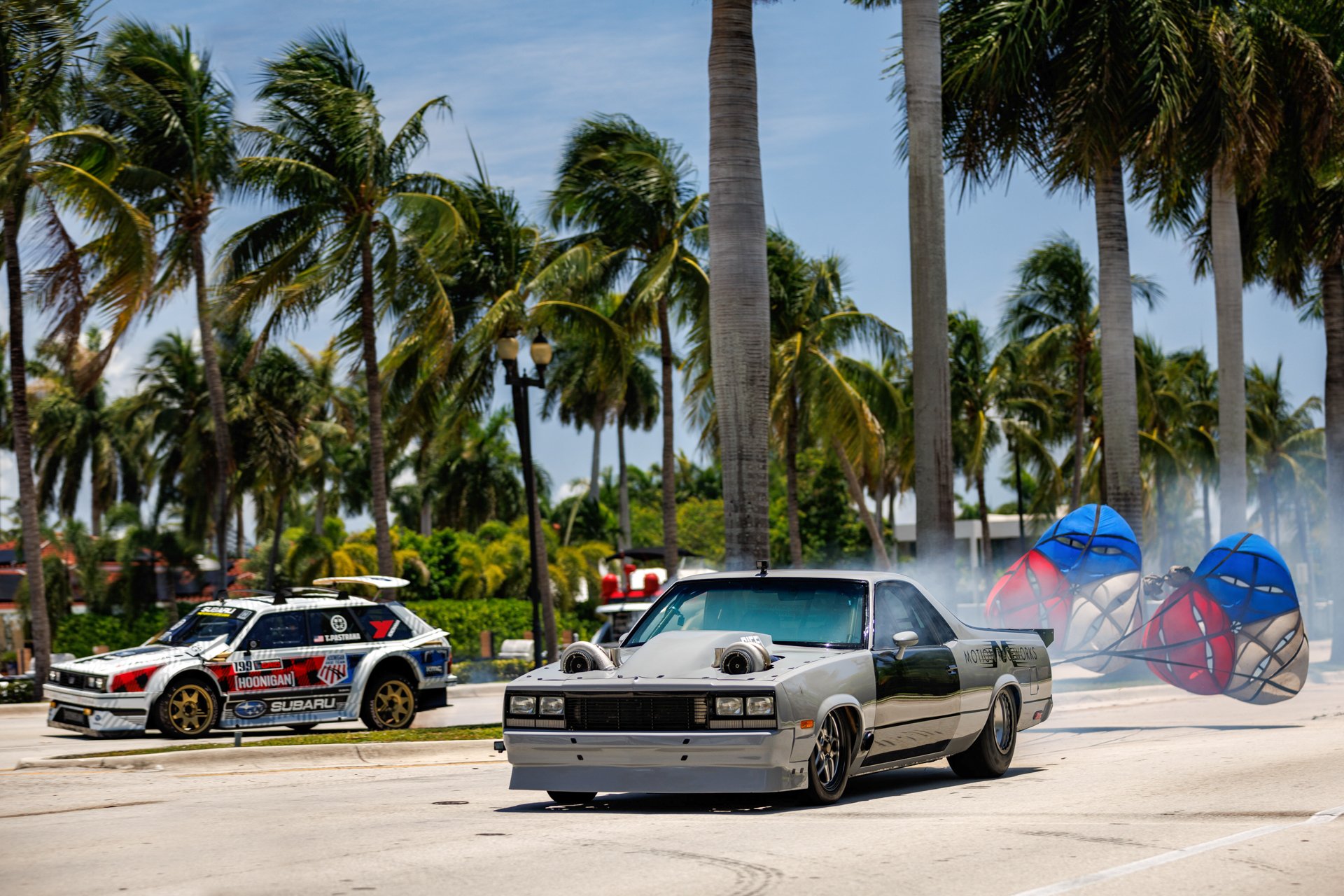Most people don’t go without experiencing their first automobile ride until the age of eight. Most people don’t experience their first automobile ride in a Tatra T77. Andy Simo wasn’t most people. However, he did display the same fondness that most people have for significant cars from their youth, a fondness that led to the no-expense-spared restoration of the early-build 1934 Tatra T77 that Amelia Island will auction this spring.
The T77 is really a car without precedent. Described as the first production car built with aerodynamic principles in mind (if one ignores Rumpler’s 1921 Tropfenwagen), Hans Ledwinka and Paul Jaray’s T77 – a larger and far more luxurious version of the V570 people’s car prototype they built for Czech automaker Tatra – had benefited from development in the same wind tunnels that Zeppelin used to test its rigid airship designs. Scale models showed that the T77’s design could achieve a coefficient of drag as low as 0.245 (about the same as a Tesla Model S), though when it debuted in 1934, its coefficient of drag measured 0.36 (comparable to a second-generation Volkswagen Jetta). Still, compared to its contemporaries, it was radically slippery, and Ledwinka took advantage of its reduced wind resistance to power the large car sitting on a 124-inch wheelbase with a relatively small 2968cc V-8.
![Jaromu00edr Czernin-Morzin's Tatra T77]()
Jaromír Czernin-Morzin’s Tatra T77 on its Italian Alps tourPhoto courtesy Million-Dollar-Tatra.com
How important was the Tatra T77?
Nor were the T77’s aerodynamics the car’s only compelling engineering feature. Ledwinka placed that V-8 in the rear of the car, thus negating the need for a driveshaft tunnel, allowing the passengers to sit lower in the car and improving the car’s handling with a lower center of gravity. He also specified a modified version of Tatra’s now-signature backbone chassis that incorporated independent suspension front and rear, hemispherical combustion chambers for the 59hp air-cooled dry-sump walking-beam overhead-valve V-8, extensive use of the same magnesium alloy that formed the body of the long-lost 1935 Bugatti Aerolithe, and – at least for the prototypes and some early production vehicles – a central driver’s position. Its top speed of 90 miles per hour was remarkable, but far more has been made of the influence that the T77 (along with other advanced vehicles of that era) had on Ferdinand Porsche and his air-cooled, rear-engine, streamlined vehicles.
Tatra built just 105 or 106 T77s before releasing the updated T77a with its larger 75hp 3377cc V-8 in 1935 (and then the thoroughly updated T87 in 1936), so the young Andy Simo’s first ride was in an exceptionally rare car. As with many vehicles in Czechoslovakia, particularly luxury cars, many T77s were appropriated by invading forces during World War II and by Communist Party leaders in the decades afterward, leading to a low survival rate and to minimal records regarding the ones that did survive. Of those 105 or 106, just four restored and drivable examples were known to exist. Simo’s now makes it five.
According to the Tatra Museum in Koprivnice, the car, chassis number 23014, was the ninth production T77 chassis. A Czech count, Jaromír Czernin-Morzin, bought it new with the specific goal of touring the Italian Alps as part of a dual-T77 excursion that, according to Simo’s research, turned into an informal reliability test and proto-reality show as the Czech public followed the Tatras’ travails, almost expecting one or the other to drop out due to the challenging mountain passes. Czernin sold the T77 in 1936, and Simo’s research doesn’t pick up its trail again until the mid-Seventies, when its then owner took it off the road and stored it away in a barn in Slovakia. German collector car dealer Axel Schütte then bought the T77 in 2005, displayed it at the Essen Classic Motor Show the year after, and sold it to Simo in 2007.
Just a couple of years after young Simo took that first Tatra ride, he and his family emigrated from their small village outside of Bratislava to the United States. He eventually graduated with a degree in aeronautical engineering from Purdue in 1961 after which, according to his biography, he worked for Boeing, Lockheed, and Martin-Marietta before a career pivot to designing and manufacturing archery products. Along the way, he collected a number of classics but, attributing his interest and expertise in aeronautics to the T77 he once rode in, always kept an eye out for a T77 to restore.
![1934 Tatra T77 restoration]()
![1934 Tatra T77 restoration]()
![1934 Tatra T77 restoration]()
![1934 Tatra T77 restoration]()
![1934 Tatra T77 restoration]()
![1934 Tatra T77 restoration]()
![1934 Tatra T77 restoration]()
![1934 Tatra T77 restoration]()
![1934 Tatra T77 restoration]()
![1934 Tatra T77 restoration]()
![1934 Tatra T77 restoration]()
![1934 Tatra T77 restoration]()
![1934 Tatra T77 restoration]()
![1934 Tatra T77 restoration]()
![1934 Tatra T77 restoration]()
![1934 Tatra T77 restoration]()
![1934 Tatra T77 restoration]()
The Restoration of T77 23014
The one that he bought, which featured standard right-hand-drive steering and an optional Webasto sunroof, had indeed required a full restoration, one that would require more than just and engine rebuild and new paint and upholstery. Stripping it down revealed that at some point it had been in a “significant” collision with one chassis component looking as though somebody had welded it back together after stick of dynamite scattered it. Even worse, corrosion and cracking had compromised parts of the backbone chassis and though the original ash framing underneath the body panels remained, it had rotted so severely that much of it had to be replaced.
“So few T77s survived World War II that there was no available cache of parts from donor cars,” Simo wrote.
Nevertheless, in 2012 he had the T77 dismantled and examined before it was 3D scanned both with and without body panels installed to create a detailed CAD model of the wooden body structure. That model, along with the existing wood framing pieces, was sent to a specialist in France who replicated the rotted pieces. In 2016, Simo relocated the Tatra from its first restoration shop to International Auto Restoration in Oak Lawn, Illinois, where Dan McMahon and his team then reassembled the body panels to the wood work and proceeded to fabricate new box sections to splice into the undamaged sections of the chassis. Only two of the car’s original 16-inch steel disc wheels remained with it, so Simo had three new wheels fabricated to the originals’ specifications.
While the timeworn body remained in decent shape overall, it still required a scratch built engine cover, complete with fin, and Simo decided to fill in the sunroof opening rather than contend with the sunroof’s known fitment issues. While remnants of the original interior showed that it had been finished in light tan leather, Simo also chose to deviate from the car’s original specifications with gray leather, which was also available from the factory.
Fortunately, the engine and transaxle remained sound, according to Simo, though a number of components had to be replaced. Without a ready supply of replacement parts, Simo had new pistons, connecting rods, and valves machined, though he somehow located a new-old stock carburetor in the Czech Republic and found a replacement Bendix starter.
![1934 Tatra T77]()
![1934 Tatra T77]()
![1934 Tatra T77]()
![1934 Tatra T77]()
![1934 Tatra T77]()
![1934 Tatra T77]()
![1934 Tatra T77]()
![1934 Tatra T77]()
![1934 Tatra T77]()
![1934 Tatra T77]()
![1934 Tatra T77]()
Simo, unfortunately, died in May 2017 and never got to see or ride in the completed Tatra. Rather than try to offload an in-progress restoration, his family decided to press on, ultimately finishing the car this past autumn, before putting the car up for sale. “His wife Cherie, daughter Melanie, and son Steven understood Andy’s passion for excellence and his love for this unusual automobile that had such a profound effect on Andy’s life,” according to Million-Dollar-Tatra.com, the website chronicling the car’s restoration.
The Tatra will cross the block as part of RM Sotheby’s Amelia Island auction, that auction house’s last sale at the Amelia Island concours weekend. RM Sotheby’s has not announced a pre-auction estimate for the Tatra, though the URL of the car’s website should give an indication of what the Simo family expects the car to sell for. The RM Sotheby’s Amelia Island auction will take place March 4 at 4171 Amelia Island Parkway in Fernandina Beach, Florida. For more information, visit RMSothebys.com.

